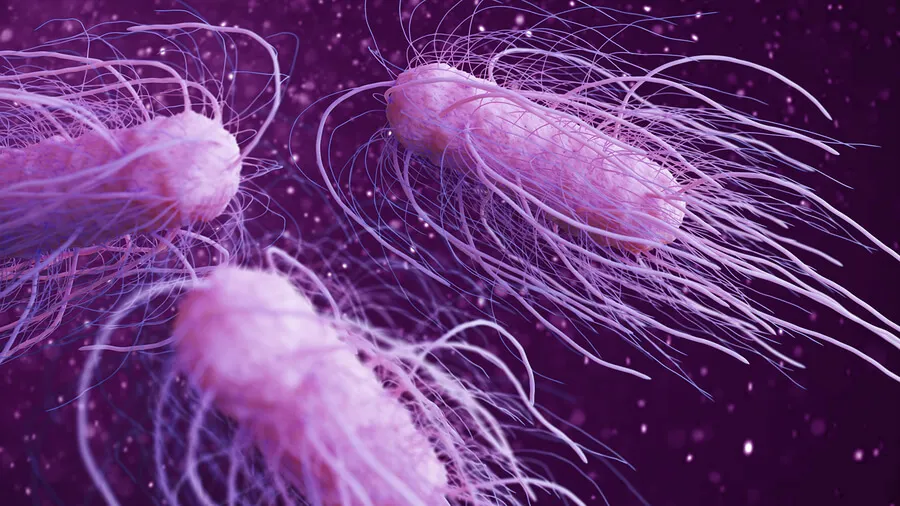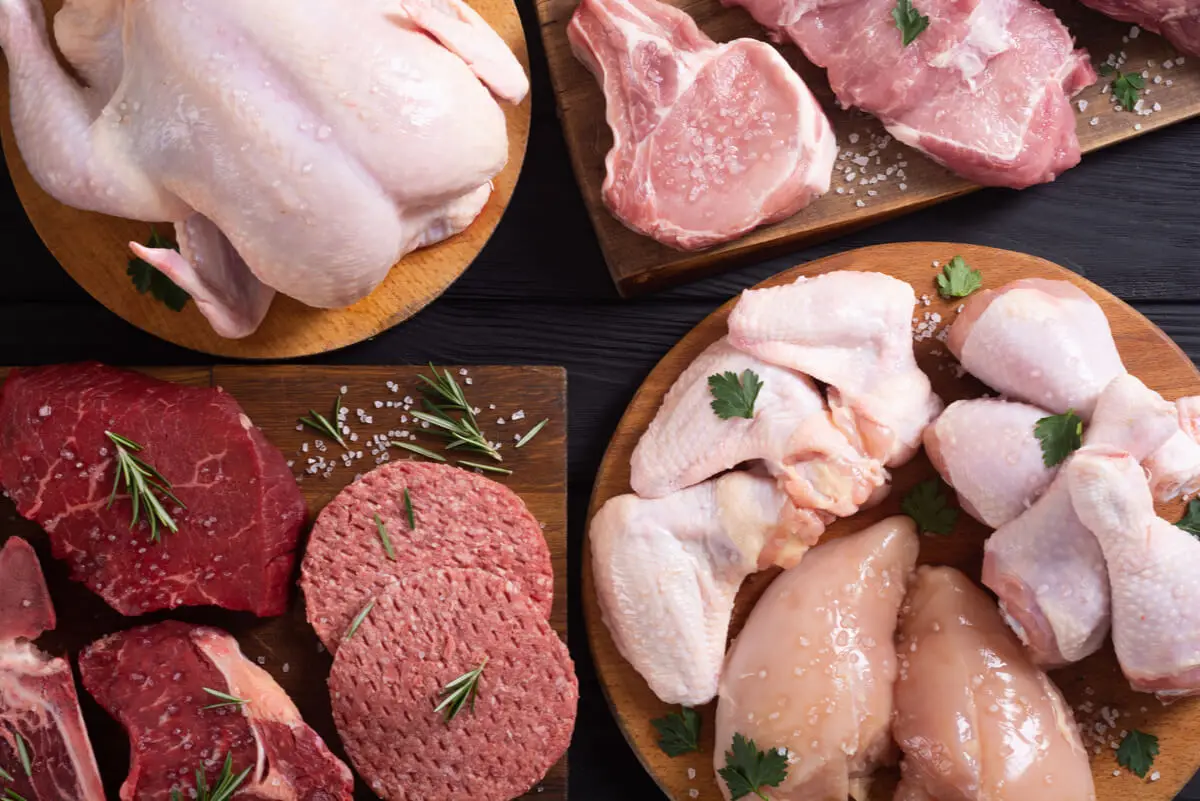What Are the Disadvantages of the Raw Food Diet?


Written and verified by the nutritionist Saúl Sánchez Arias
The raw food diet is characterized by only allowing the consumption of raw foods and has a number of disadvantages for our health. In fact, it’s a very restrictive pattern, something that is not advised by nutrition experts.
To ensure that your body’s nutritional requirements are met, there’s nothing better than a varied diet with many different foods.
It should be noted that it’s important to be cautious about fads in the field of nutrition. Many of the practices that are carried out could be harmful to the body or even downright dangerous.
The disadvantages of the raw food diet
First of all, it should be noted that the consumption of raw foods may not be the most appropriate way to enhance the use of their nutrients. During cooking, the fiber in foods is softened, which improves the availability of carbohydrates and many other elements.
After all, fiber can actually act as an anti-nutrient in its raw form. It has been shown to have benefits for intestinal health, but not all of them appear from its uncooked intake.
On the other hand, the cooking process reduces the risk of the presence of dangerous microbes. Most microbes are killed when subjected to high temperatures, preventing them from generating diseases.
The consumption of certain raw elements, such as raw eggs, could lead to salmonellosis. This bacteria causes severe digestive symptoms. In fact, a study published in the International Journal of Environmental Research and Public Health warns about this.
It’s even possible that certain toxins are inactivated or eliminated thanks to thermal mechanisms. We can highlight compounds such as cardol or anacardic acid. The same goes for the linamarin present in cassava.
Even the saponins in certain legumes could reduce their effect thanks to cooking. These elements act as protectors against pathogens in plants but are not healthy for humans, as a study published in Toxicon emphasizes.

Are there any advantages to the raw food diet?
There are not all disadvantages to this diet, of course. The raw food diet also presents certain positive aspects, such as a greater presence of vegetables in the routines.
In these cases, poor-quality oils are usually avoided for the cooking processes, thus achieving an improvement in the state of body composition and a lower energy density of the elaborations.
We think you may also enjoy reading this article: The Vertical Diet: What Is It and What Are Its Disadvantages?
The raw vegan diet and the raw omnivorous diet
There are two different types of raw food diets: The raw vegan diet and the raw omnivorous diet.
Essentially, there are two main approaches to a raw vegan diet: one allows the consumption of foods of animal origin, and the other does not. Given the choice, the second option would be more advisable.
It’s clear that the risk of a nutritional deficit will be higher in the case of the raw vegan diet, but the raw omnivorous diet has a high microbiological risk. It’s not the most advisable when it’s intended to maintain a good state of health.
Animal products always require thermal processes to be safe for consumption.
Cooking meats ensures their safety and prevents contamination and food poisoning. In addition, even if no signs develop, the recurrent consumption of pathogenic bacteria can alter the composition of the microbiota, thus impacting and even preventing the digestion of nutrients.
In the case of the raw vegan diet, it should be noted that the risk of nutritional deficit is high. On the one hand, it will not be easy to combine foods to ensure that protein requirements are met. On the other hand, many essential nutrients are only found in significant quantities in foods of animal origin (such as vitamin B12, DHA, and vitamin D).
To prevent physiological alterations, it is best in these cases to opt for supplementation, in addition to efficiently developing the nutritional pattern. There are several products on the market that can help to prevent deficits. In these cases, it’s best to seek the help of a specialist.

Like this article? You may also like to read: A Vegetarian Diet for Patients with Diabetes: Tips for Planning One
The raw diet isn’t the best option
The raw diet has several disadvantages, even if it is approached from an omnivorous point of view. In the end, all dietary patterns that are restrictive are unsuitable in most cases.
Instead, it’s best to opt for diet plans that include all food groups and ensure various cooking methods. Thus, the use of nutrients will be maximized.
When it comes to cooking food, several considerations must also be taken into account. Not all mechanisms are equally respectful of foodstuffs.
Priority should be given to the less aggressive cooking methods and those that don’t require large amounts of fat. Otherwise, the daily energy density of your diet could increase, with negative repercussions on the state of your body composition.
All cited sources were thoroughly reviewed by our team to ensure their quality, reliability, currency, and validity. The bibliography of this article was considered reliable and of academic or scientific accuracy.
- Gill SK, Rossi M, Bajka B, Whelan K. Dietary fibre in gastrointestinal health and disease. Nat Rev Gastroenterol Hepatol. 2021;18(2):101-116. doi:10.1038/s41575-020-00375-4
- Keerthirathne TP, Ross K, Fallowfield H, Whiley H. Reducing Risk of Salmonellosis through Egg Decontamination Processes. Int J Environ Res Public Health. 2017;14(3):335. Published 2017 Mar 22. doi:10.3390/ijerph14030335
- Zaynab M, Sharif Y, Abbas S, et al. Saponin toxicity as key player in plant defense against pathogens. Toxicon. 2021;193:21-27. doi:10.1016/j.toxicon.2021.01.009
This text is provided for informational purposes only and does not replace consultation with a professional. If in doubt, consult your specialist.








